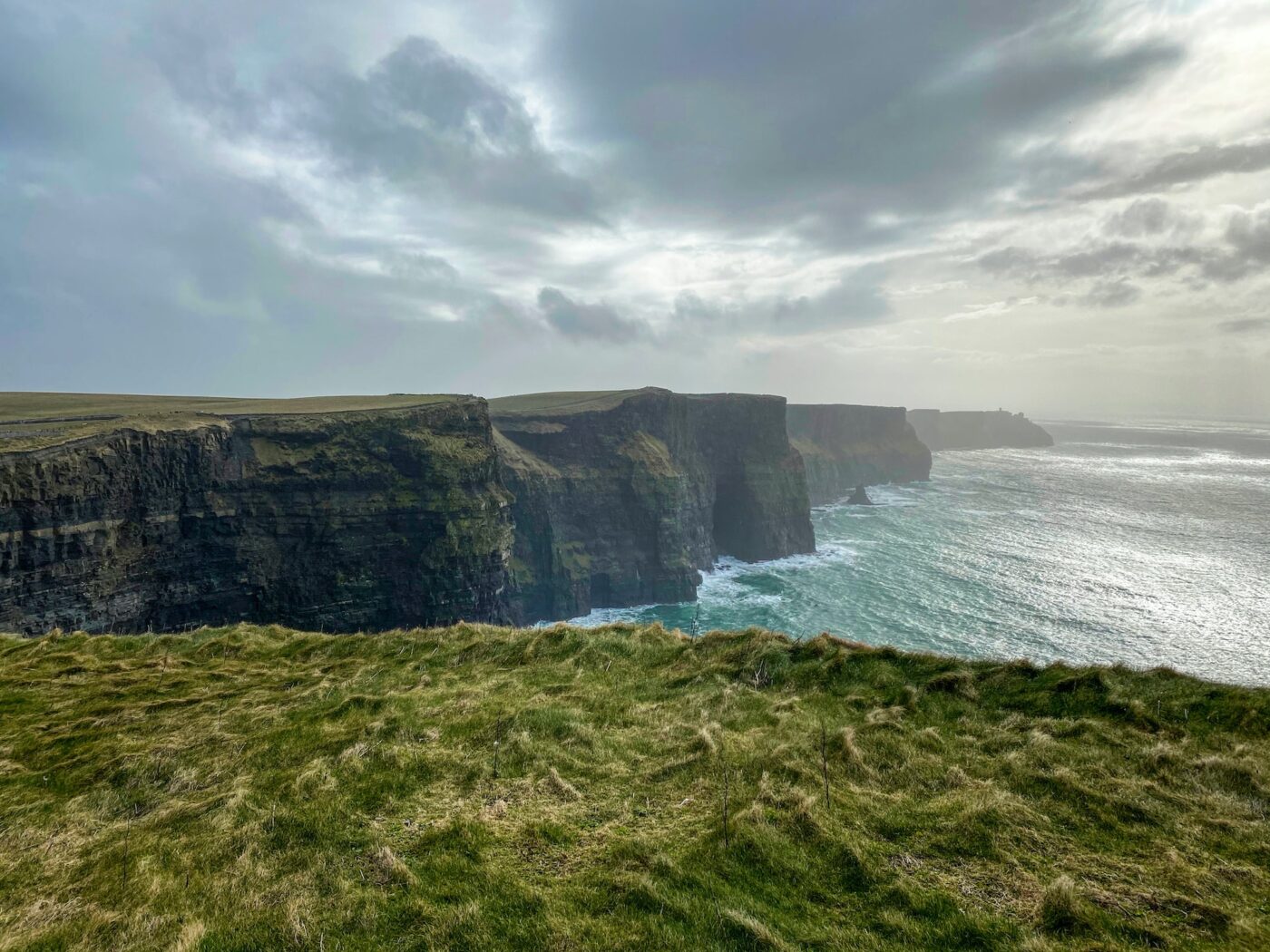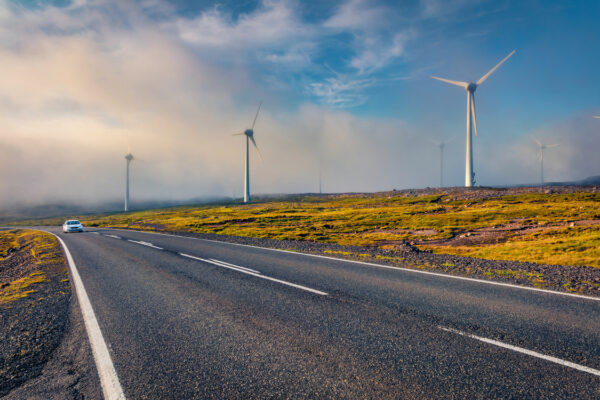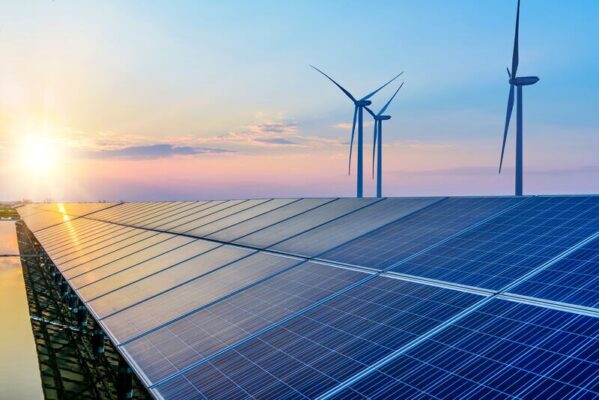Recently, Ireland has gained prominence in the wind power sector. Guided by Wind Energy Ireland, the leading body for the Irish wind industry, the nation is on a dedicated path to operate a net-zero emissions electricity system predominantly powered by wind energy by 2035. However, wind energy is not merely boosting Ireland’s environmental credentials but also shaping its economic trajectory and employment market.
A gust of commitment
The catalysts behind this leap towards sustainability are the European Union’s ambitious climate and energy targets. As a member of the EU, the Republic of Ireland has pledged to reduce its greenhouse gas emissions by 40 percent (from 1990 levels) and increase its renewable energy contribution to 32 percent by 2030. With these goals in mind, the Irish government has made it rain with investments in renewable energy technology, particularly wind power. Therefore, it’s not hard to see why wind energy has taken the lead in this transition. And with an average wind speed of 7.5 meters per second, Ireland boasts some of the best wind resources in Europe!
Then and now
The first-ever wind farm project in Ireland was completed in 1992 at Bellacorick, County Mayo. The Bellacorick Wind Farm was developed by the Electricity Supply Board, Ireland’s state-owned electricity company, and it consisted of 20 wind turbines, each with a capacity of 500 kW. The wind park marked a steppingstone in diversifying Ireland’s energy mix and reducing its dependence on fossil fuels, particularly coal and peat, which have historically been the mainstay of the country’s energy supply. It paved the way for further wind farm developments across Ireland, as the country recognized the potential of wind energy as a sustainable and abundant resource.
Since the completion of the Bellacorick Wind Farm, Ireland has continued to invest in wind power stations. Currently, the country is home to over 300 such installations. The largest and most efficient onshore wind farm, the Galway Wind Park, is flaunting a mind-blowing capacity of 174 MW. Currently emerging from the waves off the coast of County Wicklow, the colossal 520 MW Codling Wind Park should produce its first electricity by 2027 and is a testament to Ireland’s capability and commitment to wind power.
In 2022, Ireland became a powerhouse of green energy, fortifying its capacity with an impressive 220 MW from 67 turbines, and achieved a significant milestone with an installed capacity of 4,332.5 MW. But that’s not the entire story. Wind Europe’s 2022 report unveiled that wind power provided a whopping 34 percent of Ireland’s electricity, 2 percent more than the target for renewable energy in 2030 and second only to Denmark’s 55 percent in Europe. And by 2030, the Irish government aims to ramp up renewable energy to 80 percent!
Employment and economic shifts
The wind is indeed blowing favorably for Ireland, fostering an environment where green energy and economic prosperity coexist and flourish. The renewable energy sector in Ireland has already created over 10,000 jobs, and as the nation is geared towards not just self-sufficiency but also becoming a potential energy exporter by the mid-2030s, the number is bound to increase.
Wind power industry fuels local economies and provides protection against fluctuating global energy costs. In 2020, Wind Europe reported that Irish wind farms contributed a significant €42.5 million directly to local councils/municipalities in taxes, accounting for approximately 2.6 percent of their total tax revenue. This financial contribution is bolstered by an additional source: property taxes.
With the Irish government’s supportive stance, backed by robust regulatory frameworks and financial incentives such as subsidies and tax relief for wind turbine operators, Ireland is set to become as a global leader in the wind energy sector, offering a sustainable model for others to emulate.
To quote Irish Prime Minister Micheál Martin at the World Economic Forum in 2022, “Wind is Ireland’s oil.”



